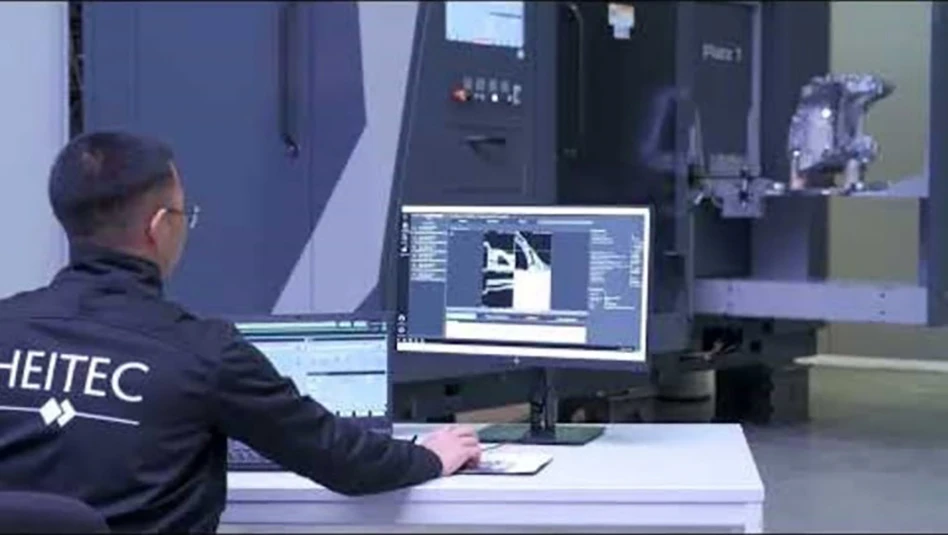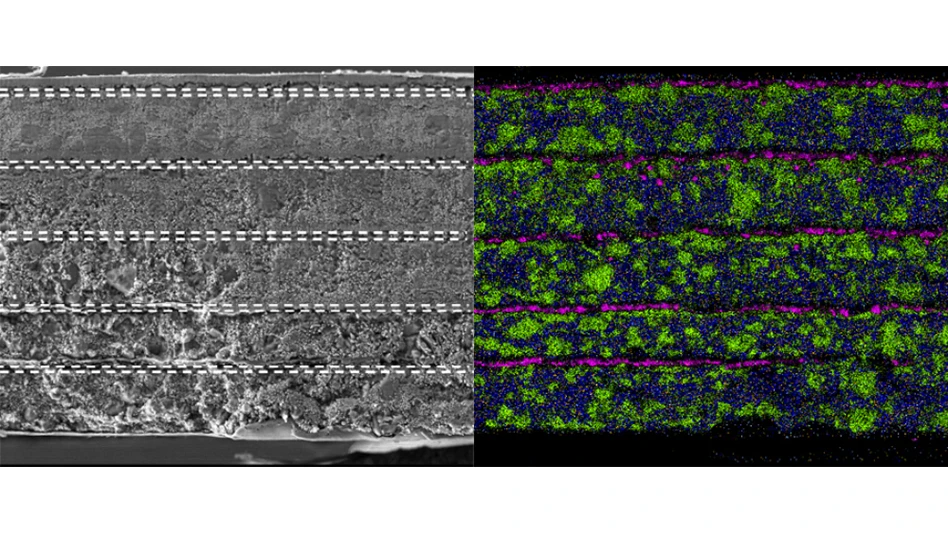
When producing electric power steering (EPS) systems, cycle time means everything. However, one manufacturer’s system was already optimized and could only further improve operations by adding new machine technology.
“At this point, the company turned to us at Liebherr because our machines are already employed there. They machine the steering segment while other machines make worms,” says Johannes Weixler from the technical quotations department at Liebherr-Verzahntechnik GmbH.
EPS systems typically use worm-gear systems – a gear with very few teeth turns a worm, a cylindrical, screw-like shaft with grooves that rotate the entire piece as the gear turns. Worms must be made with very high precision for electronic steering.
“Electronic steering is becoming more popular because it offers some advantages over hydraulic power-assisted steering,” Weixler says. “It only operates when actual steering movements are carried out and thereby saves a considerable amount of energy. Furthermore, it’s very quiet and therefore particularly ideal for electric cars.”
A 2018 report from the National Highway Traffic Safety Administration (NHTSA) estimates that 70% of the U.S. vehicle fleet will use EPS by the end of 2021. Virtually all new gasoline-powered vehicles use the systems to shift loads from the engine to the electrical system. EPS is a key component for advanced driver assistance systems (ADAS) and autonomous driving as electrified systems are easy to digitize and give computers more steering control.

Swivelled cutter head, no steady rest
“A worm of this kind is a gear with two teeth and this is why it should generally be made on gear hobbing machines,” Weixler explains.
The swivelling range of the cutter head of the customer’s LC 80 WD milling machine was extended for this task. The setup removes the steady rest typically used in worm machining.
“We solved this problem with an intelligent clamping fixture that’s extremely rigid,” Weixler says.
To adapt the machine to worm milling, designers considered the requirements of the machine table as well as the applied cutting forces to facilitate a stable process. Tool life tests indicate it was possible to increase cutter life by more than 40% – a potentially significant source of savings given the prices of specialty tools.
Chamfering, brushing included
Because the gear cutter can produce razor-sharp burrs, the machine is equipped with a multi-station ring loader and an additional chamfering unit. Conventional side milling cutters perform chamfering, which are significantly cheaper than the worm cutters. A brush installed in the same position removes any micro-burrs after chamfering, readjusting automatically as it begins to wear.
“We were able to provide added value for our customers in several aspects,” Weixler concludes. “The customer can now cut, chamfer, and brush parts on one machine. Chamfering during the machining process means faster cycle times and lower tool costs. This allows for major savings, particularly with the customer’s high volume.”
Liebherr Gear Technology Inc.Latest from EV Design & Manufacturing
- ChargeX Consortium proposes solution to increase reliability of electric vehicle charging
- Barcode readers offer reliable scanning across range of manufacturing applications
- Industry leaders partner to deliver load management, smart charging and energy solutions
- Anti-vandalism systems designed to increase electric vehicle charging station security
- GM selects Vianode as anode graphite supplier for electric vehicle batteries
- AMADA WELD TECH introduces blue laser technology into micro welding portfolio
- Despite hurdles, consumer interest in electric vehicles is rising
- Vehicle-to-grid charging technology expanded with new product line





